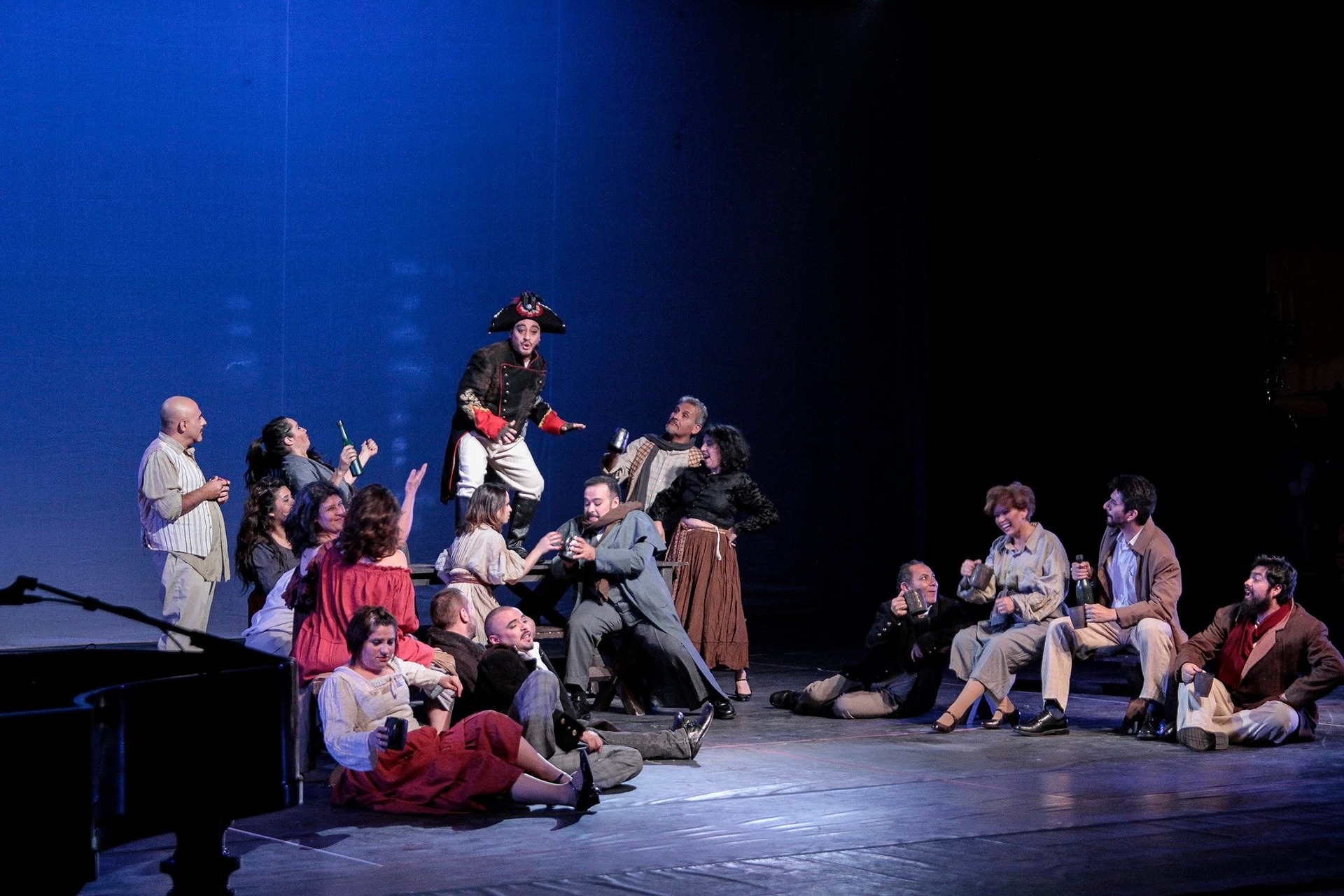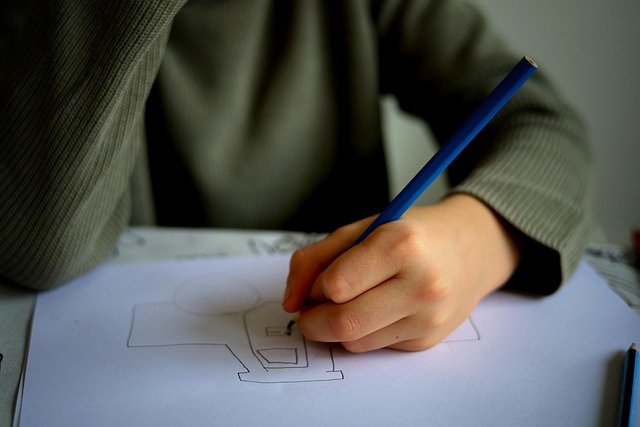Delving into the Unseen: The Emergence and Impact of Virtual Reality in Performing Arts
The virtual reality revolution has hit the world of performing arts, transforming traditional experiences into immersive encounters. This article delves into this digital frontier, exploring how virtual reality is reshaping the performing arts landscape.

The Genesis of Virtual Reality in Performing Arts
The inception of virtual reality (VR) in the performing arts can be traced back to the mid-2010s. However, it was not until the last few years that VR technologies began to profoundly influence this sector. Enabled by the rapid advancement of VR hardware and software, many artists and institutions started to experiment with these new tools, aiming to push the boundaries of artistic expression and audience engagement.
Recent Developments and Advances
In recent years, the use of VR in performing arts has significantly intensified due to the global pandemic. As traditional theaters and performance spaces were forced to close, artists turned to VR to continue creating and presenting their works. For example, the Royal Shakespeare Company collaborated with digital artists to present “Dream,” an interactive, online performance inspired by “A Midsummer Night’s Dream,” integrating real-time motion capture and VR technology.
The Impact and Significance of Virtual Reality
The introduction of VR into the performing arts has revolutionized the way we experience art. It allows audiences to step into the world of the performance, interacting with the narrative in a deeply personal and immersive way. Moreover, VR facilitates accessibility, enabling people who are physically unable to visit theaters to enjoy performances from the comfort of their homes.
Reception and Future Prospects
The reception of VR in performing arts has been met with both enthusiasm and skepticism. While some praise its potential to democratize art and create novel experiences, others express concern about the potential loss of the communal aspect of traditional performances. Looking forward, it seems inevitable that VR will continue to play a significant role in the performing arts, given its transformative potential and the ongoing digitization of culture and society.
The incorporation of virtual reality in performing arts is a groundbreaking development, offering unprecedented artistic possibilities and reshaping the way we engage with art. Despite the challenges and criticisms, it is clear that VR’s immersive nature and the opportunities it provides for accessibility make it a compelling tool for artists and audiences alike. As we continue to navigate this digital frontier, the role of VR in performing arts will undoubtedly remain a fascinating topic of discussion and exploration.




